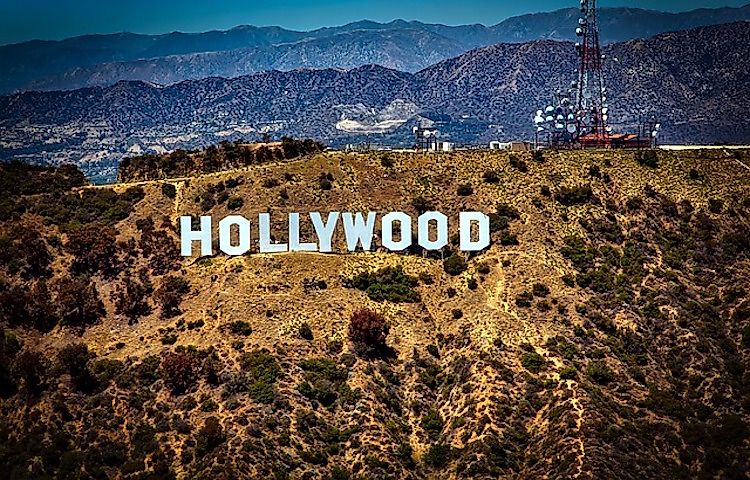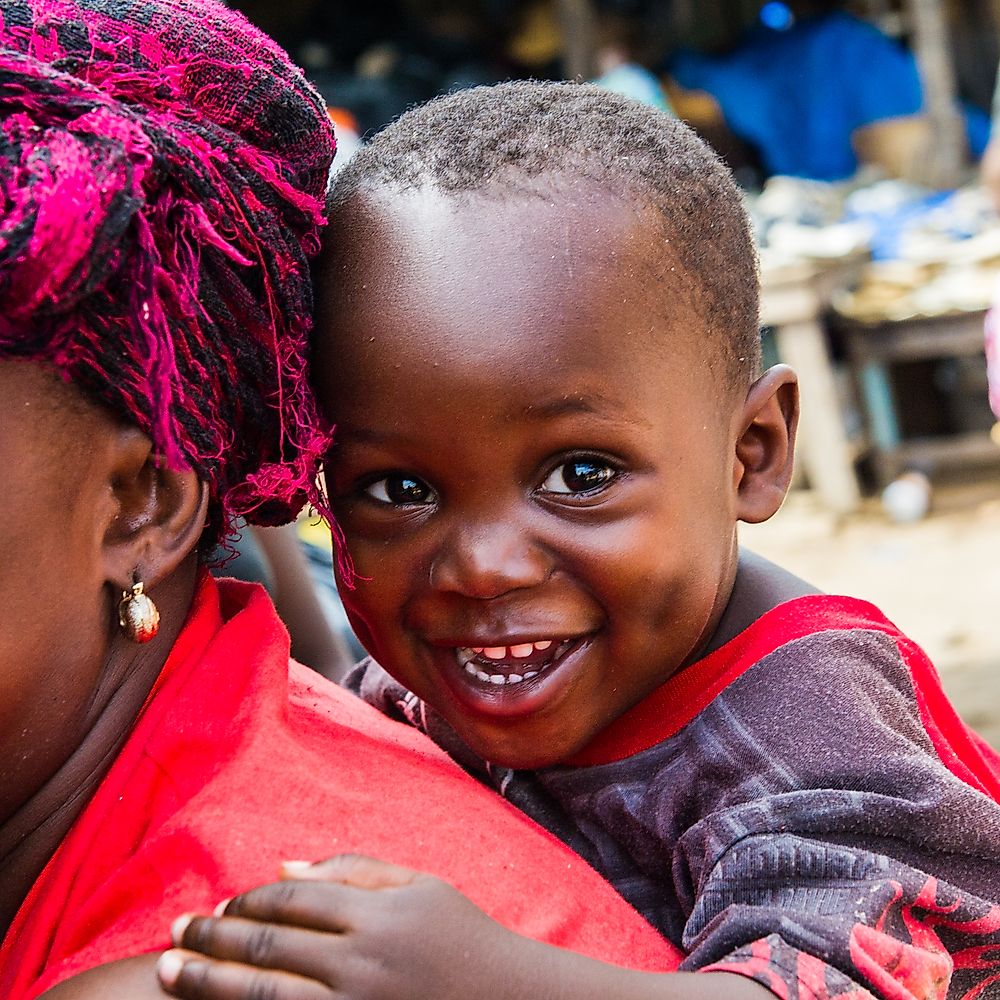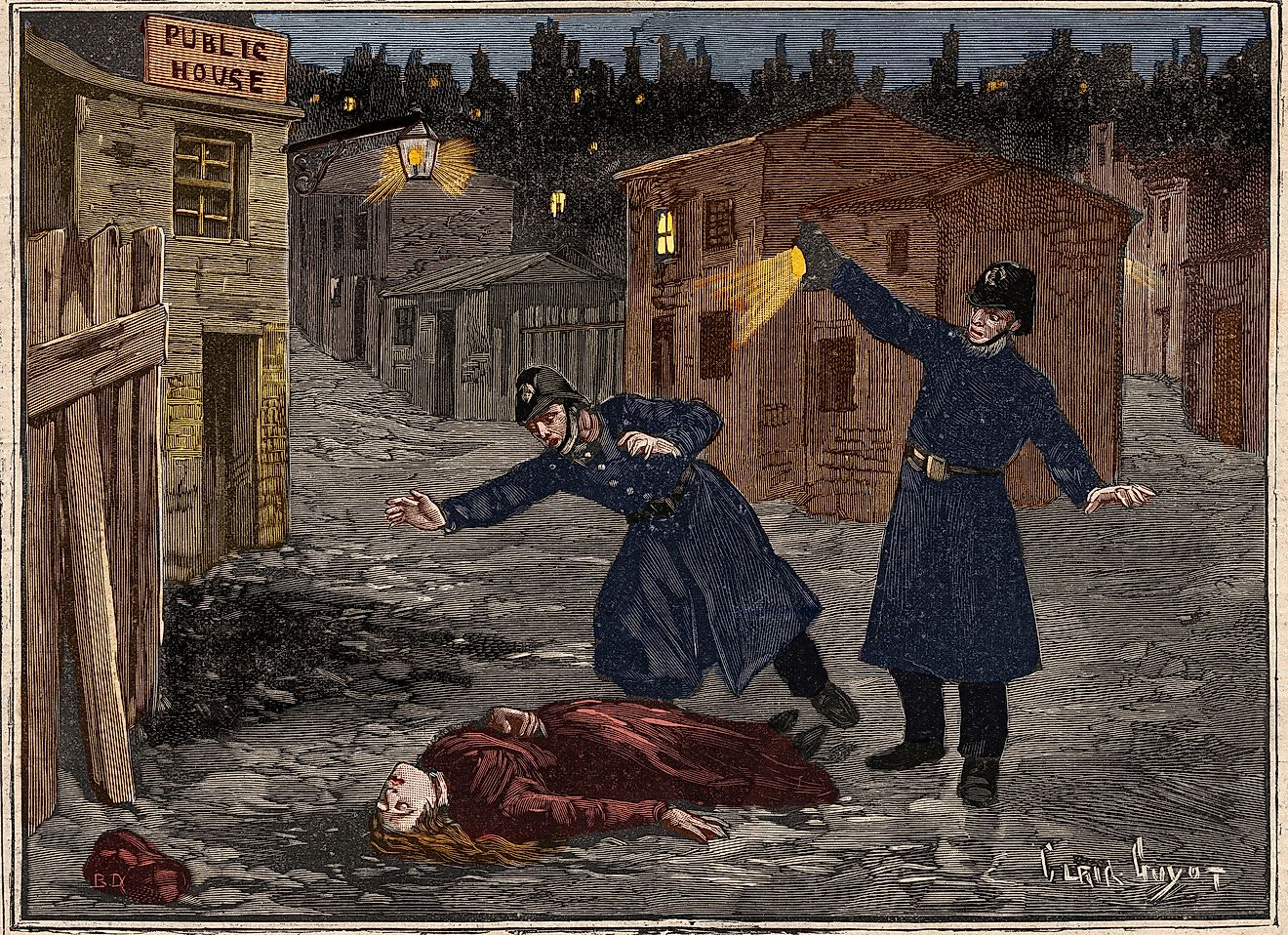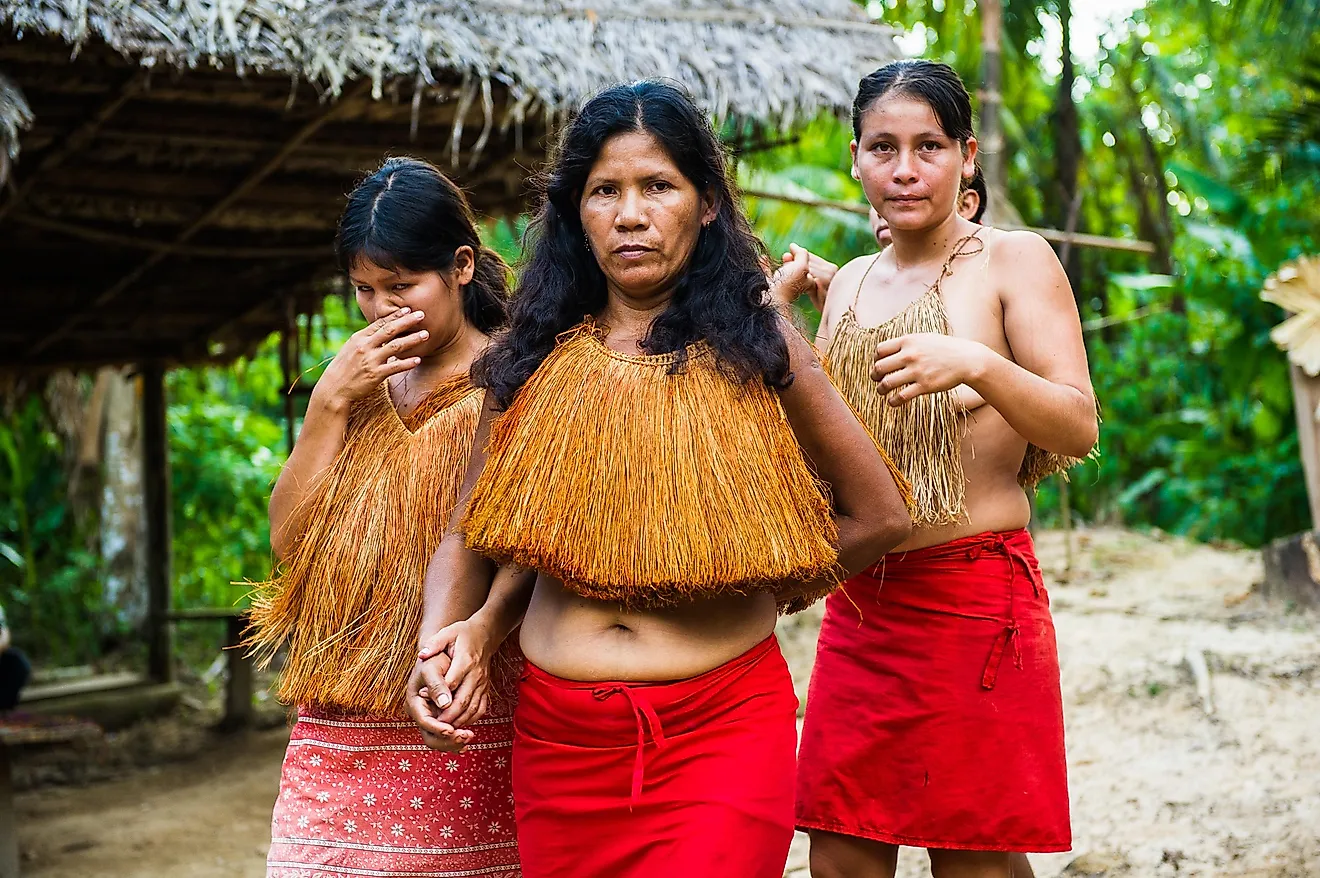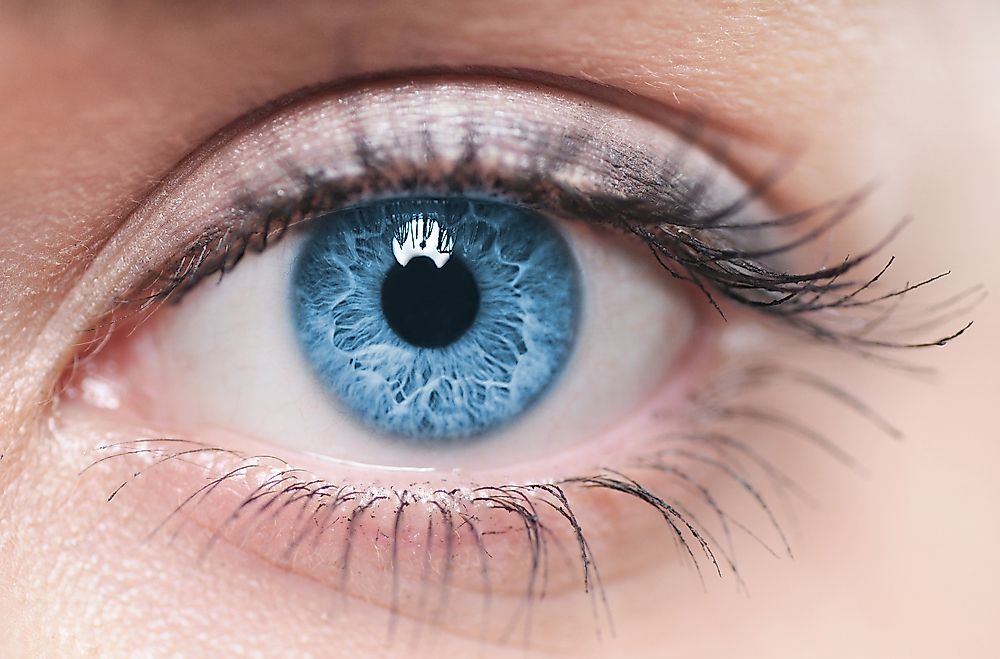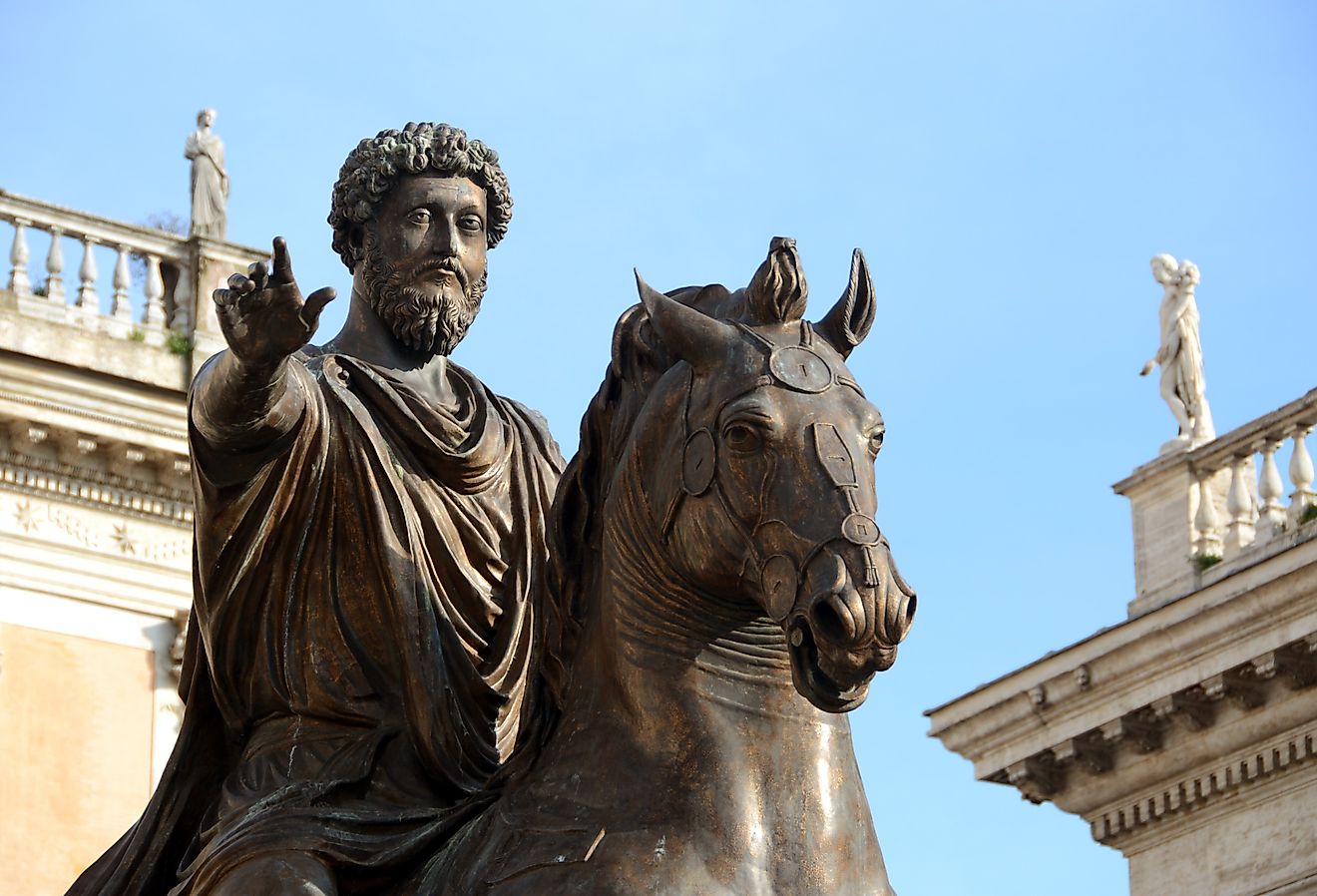Demographics and Ethnic Groups of Australia
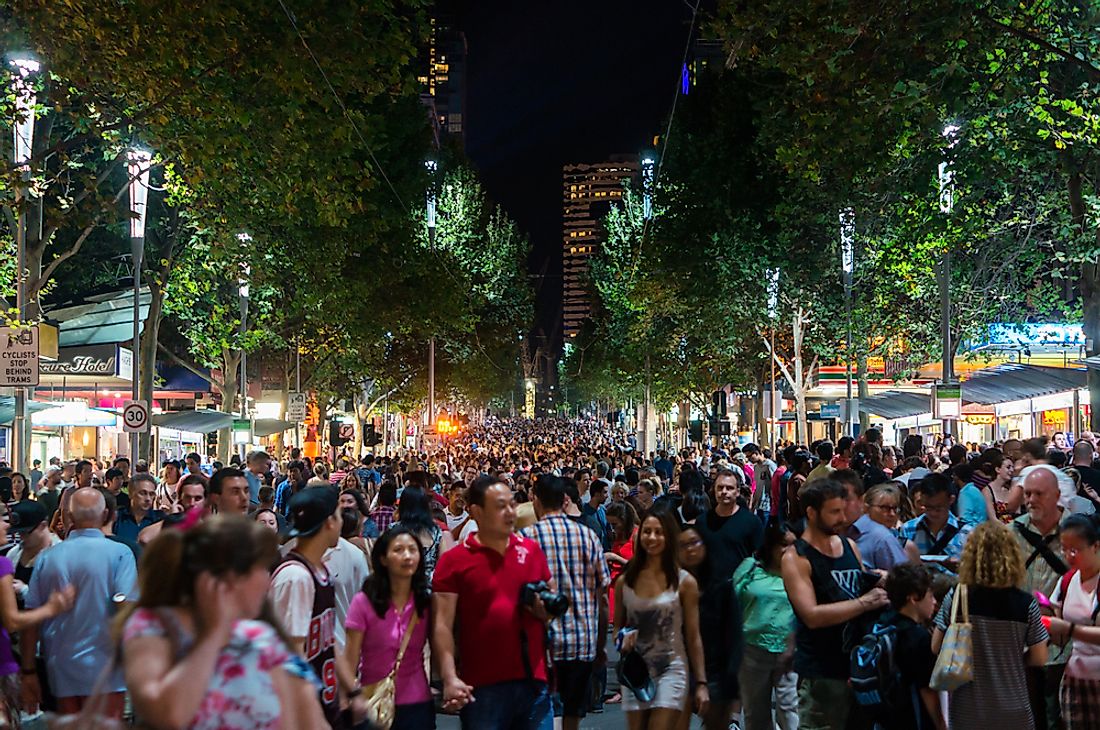
Australia is home to around 24 million people. The country is vast, with large tracts of uninhabited land. Nearly 90% of the people live in urban areas, which gives it a low population density. The population here is one of the most ethnically diverse in the world.
History Of Colonization
Australia was once a land of only the aboriginals or the indigenous people. Before the British colonization in 1788, over 500 different indigenous groups controlled the area. Each had their language, culture, and belief system. These individuals witnessed the changing of their home due to the arrival of European immigrants.
Records indicate that Dutch explorers were the first to come to the continent, but it was the British who decided to colonize the land towards the end of the 1700s. The first colony was established as a place for exiled prisoners from other parts of the world. Continued immigration forced the native inhabitants out of their territories. The era was filled with conflict and disease that led to the loss of nearly 60% of the indigenous population. Eventually, the country was separated into six colonies.
In the mid-1800s, settlers discovered gold. The hope for employment and financial gain brought thousands of more immigrants from other parts of Europe as well as China and India. By the late 1800s, the majority of the people who were born in Australia were of British or Irish descent.
History Of Immigration
After the colonies were united as one federation, the government enacted an Immigration Restriction Act. The goal of this policy was to restrict immigration to Europeans only. This period is sometimes referred to as the starting point for the White Australia Policy (an unofficial term). The immigration test required that immigrants seeking Australian residency write a dictated statement that was presented to them in any European language. This system worked to prohibit the entrance of thousands of migrants; after 1909, nobody passed the exam.
Post World War II, the Australian government encouraged immigration to the country. This movement provided a home for many displaced post-war refugees. Immigrants did not, however, only come from Europe during these 15 years. Many Asian immigrants took the opportunity to make Australia their home as well. From 1945 to 1960, 1.6 million people arrived.
Ethnic Diversity Today
Understanding the history of colonization and immigration in Australia helps to understand the current makeup of ethnic backgrounds found today. British continue to be the majority with 67.4% of the population. This is followed by other European ethnicities: Irish (8.7%), Italian (3.8%), and German (3.7%). Those of Chinese ethnicity represent 3.6% of the population and the Aboriginal, and Native Australians are now only 3%. Other ethnicities can also be found, though in smaller numbers: Indian (1.7%), Greek (1.6%), Dutch (1.2%), and Other (5.3%). The “Other” ethnicity includes individuals from many countries, particularly European and Asian.
Effects On Society
Today, immigration policy in Australia celebrates multiculturalism and promotes residency status among people of varying ethnic backgrounds. The country now celebrates its differences and boasts its cultural diversity (over 200 languages spoken). In recent years, few social problems have occurred as a result of this diversity except for non-English speaking immigrants who have a difficult time finding high-level, skilled jobs. Some Australians have spoken out against increased immigration levels, however, especially from Asian countries. The government has responded by adopting multicultural policies and has also recognized the disadvantage and structural violence established against the native populations thereby allocating more funds for social programs to benefit the group.
Ethnic Background Of Australians
| Rank | Principal Ancestral Ethnicity or Nationality | Share of Australian Population |
|---|---|---|
| 1 | British | 67.4% |
| 2 | Irish | 8.7% |
| 3 | Italian | 3.8% |
| 4 | German | 3.7% |
| 5 | Chinese | 3.6% |
| 6 | Aboriginal Australian | 3.0% |
| 7 | Indian | 1.7% |
| 8 | Greek | 1.6% |
| 9 | Dutch | 1.2% |
| 10 | Other | 5.3% |
